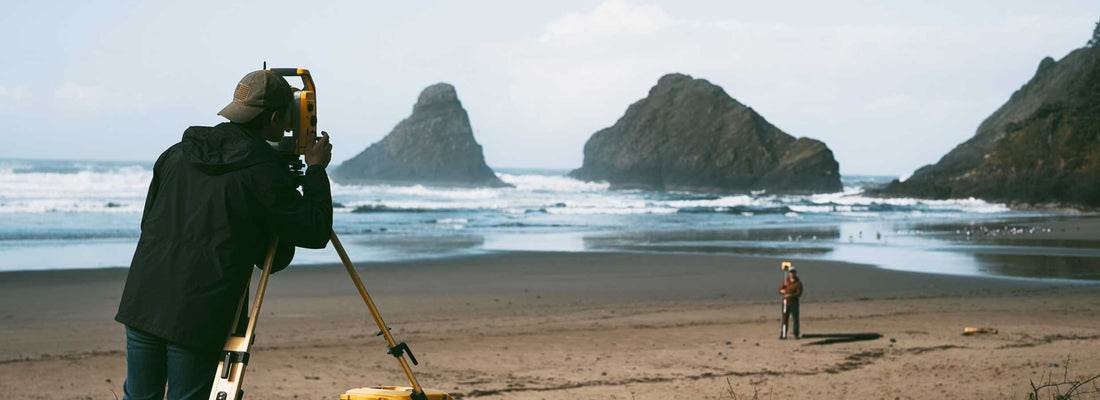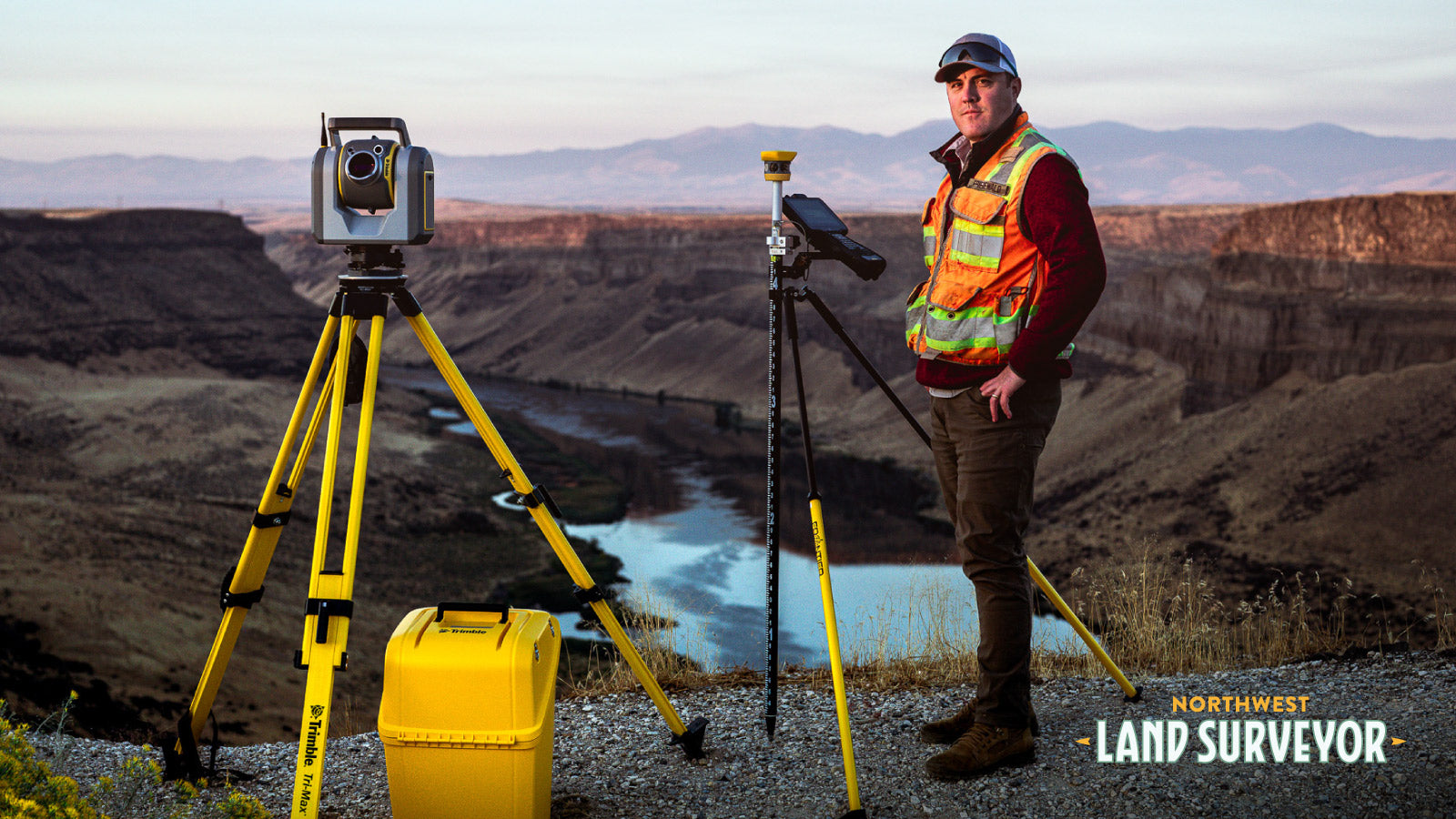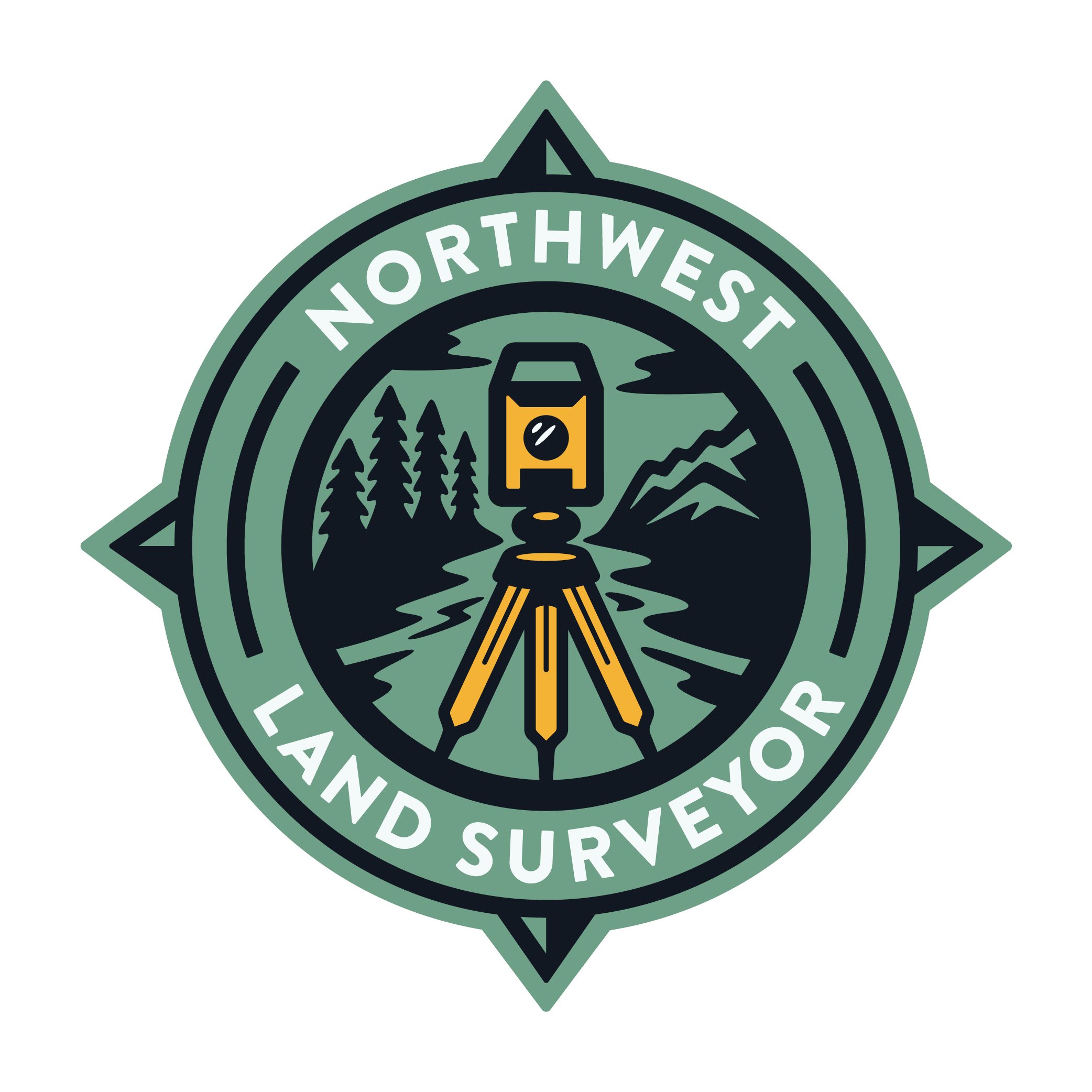Understanding the Licensing Process
If you're interested in becoming a licensed land surveyor in Oregon, Washington, or Idaho, you'll need to meet a combination of education, experience, and examination requirements. While the exact process varies by state, there are two main pathways:
- Earning a Degree in Land Surveying or a Related Field – A direct route that meets educational requirements for licensure.
- Gaining Experience Through Fieldwork – Available in Oregon and Washington, where you can qualify based on work experience instead of a degree.
Regardless of the path you choose, all states require passing licensing exams and working under the supervision of a licensed surveyor before you can officially obtain your license.
Step 1: Choose Your Path – Degree or Experience-Based Licensure?
Option 1: Earn a Degree in Land Surveying
A degree from an ABET-accredited land surveying, civil engineering, or geomatics program is the fastest way to qualify for licensure in all three states.
- Idaho requires a degree to become a licensed land surveyor.
- Oregon and Washington allow experience-based pathways, but having a degree reduces the required work experience.
To learn more about whether a degree is required, check out our guide: Do I Need a Degree to Be a Land Surveyor?
Option 2: Gain Field Experience Instead of a Degree
If you’re in Oregon or Washington, you can qualify for licensure without a formal degree by gaining hands-on experience in the field.
- Work under a licensed professional surveyor (PLS) for several years.
- Experience requirements vary but generally range from 6 to 10 years for those without a degree.
- You’ll still need to pass the required exams.
For career changers, this pathway offers a practical route into the profession without the need for formal schooling. If you're switching careers, check out our guide: Is It Too Late to Become a Land Surveyor?
Step 2: Gain Work Experience Under a Licensed Surveyor
No matter which path you take, all states require on-the-job training under the guidance of a licensed professional land surveyor (PLS).
- Entry-level roles include surveying technician, field assistant, or GIS mapping technician.
- As you gain experience, you’ll take on more responsibility, including data collection, boundary mapping, and project coordination.
- Most states require 4+ years of supervised experience before taking licensing exams.
Wondering what surveyors do daily? What Do Land Surveyors Do? breaks it down.
Step 3: Pass the Required Exams
To become licensed, all land surveyors must pass two key exams:
1. Fundamentals of Surveying (FS) Exam
- Administered by the National Council of Examiners for Engineering and Surveying (NCEES).
- Covers math, measurement techniques, legal principles, and mapping.
- Can be taken after earning a degree or with enough work experience.
2. Principles and Practice of Surveying (PS) Exam
- Focuses on real-world applications, professional ethics, and state-specific laws.
- Requires passing the FS exam and meeting your state's experience requirements.
After passing both exams, you can apply for state licensure through the Oregon, Washington, or Idaho Board of Professional Land Surveyors.
Step 4: Apply for Licensure in Your State
Once you’ve completed the necessary education, work experience, and exams, the final step is to submit your licensure application to your state board.
- Oregon Board of Examiners for Engineering & Land Surveying (OSBEELS)
- Washington Board of Registration for Professional Engineers & Land Surveyors
- Idaho Board of Professional Engineers & Professional Land Surveyors
Each board has specific application fees, background checks, and continuing education requirements, so be sure to check your state’s website for details.
How Long Does It Take to Get Licensed?
- With a degree – Typically 4-6 years, including education and work experience.
- Without a degree – Varies but can take 6-10 years, depending on your state’s experience-based licensure pathway.
If you want to move into a higher-level surveying role faster, earning a degree in land surveying or civil engineering can shorten the licensing timeline.
Start Your Journey Today
Whether you choose the degree path or the experience-based route, becoming a licensed land surveyor is a rewarding career move that offers long-term stability and growth.
If you’re just getting started, check out:
For more information on how to get licensed in Oregon, Washington, or Idaho, visit your state’s licensing board or contact us here.







